

Articles
How Long Do Candles Last
Modified: October 28, 2024
Discover how long candles last and get expert advice in our informative articles on candle longevity, burning tips, and more.
(Many of the links in this article redirect to a specific reviewed product. Your purchase of these products through affiliate links helps to generate commission for Storables.com, at no extra cost. Learn more)
Introduction
Have you ever wondered how long a candle can last? Candles have been used for centuries, providing both light and ambiance to our homes. Whether you use candles for relaxation, decoration, or ceremonies, it’s crucial to understand their lifespan to make the most out of your investment.
Several factors come into play when determining how long a candle can burn. The type and quality of wax, the size and type of wick, and the conditions in which the candle is burned all play a role in its lifespan. By understanding these factors and following a few tips, you can extend the lifespan of your candles and enjoy their warm glow for longer.
In this article, we will explore the various factors that affect the lifespan of candles and provide useful tips to extend their burning time. We will also discuss how to properly extinguish and store candles and identify common signs of expired or damaged candles. Let’s dive in and discover the secrets behind candle longevity!
Key Takeaways:
- Choose high-quality wax and the right wick size to extend candle lifespan. Proper burning practices and storage can maximize the cozy glow and ambiance of your candles.
- Look out for signs of expired or damaged candles, such as discoloration and uneven burning. By practicing proper care and maintenance, you can ensure a safe and delightful candle-burning experience.
Read more: How Long Do Beeswax Candles Last
Factors Affecting Candle Lifespan
Several factors have a significant impact on how long a candle can last. Understanding these factors will not only help you choose the right candles for your needs but also ensure that you get the most out of their burn time. Let’s take a closer look at the main factors:
- Wax Type and Quality: The type of wax used in a candle greatly affects its burn time. Different waxes, such as paraffin, soy, beeswax, and palm wax, have different melting points and burn rates. Additionally, the quality of the wax used can determine how well the candle burns and how long it will last. Higher quality waxes tend to provide a longer and more consistent burn.
- Wick Type and Size: The wick plays a crucial role in the lifespan of a candle. The size and type of the wick determine how much fuel (wax) is drawn up and burned. A thicker wick will burn more fuel, resulting in a shorter lifespan, while a thinner wick will burn less fuel and last longer. Additionally, choosing the right wick type for the specific wax used is essential for optimal burning.
- Burning Time and Conditions: The length of time a candle burns during each session and the conditions in which it is burned can affect its overall lifespan. Burning a candle for shorter periods, such as one to two hours at a time, can help prevent tunneling and ensure even burning. Additionally, placing the candle away from drafts or air currents can help prevent uneven burning and extend its lifespan.
By considering these factors and choosing candles made from high-quality wax with appropriate wicks, you can significantly improve their burn time and overall lifespan. In the next section, we will discuss essential tips that can help extend the longevity of your candles. Stay tuned!
Wax Type and Quality
When it comes to candle longevity, the type and quality of wax used are crucial factors to consider. Different types of wax have varying characteristics and burn rates, which directly impact how long a candle can last. Let’s take a closer look at the most common types of candle wax and their effect on lifespan:
- Paraffin Wax: Paraffin wax is the most widely used wax in candle making. It is derived from petroleum and is known for its affordability and versatility. Paraffin candles tend to have a longer burn time compared to other waxes, making them a popular choice for many.
- Soy Wax: Soy wax is derived from soybean oil, making it a natural and environmentally-friendly option. Soy candles tend to burn cleaner and produce less soot than paraffin candles. While soy wax may have a slightly shorter burn time than paraffin, its clean-burning properties and renewable source make it an attractive option for candle enthusiasts.
- Beeswax: Beeswax is a natural wax produced by bees. It is known for its long burn time and clean-burning properties. Beeswax candles often have a subtle honey-like scent and produce a warm, golden glow, adding a touch of natural beauty to any space.
- Palm Wax: Palm wax is derived from the oil palm tree and is a popular choice for creating visually stunning candles. It has a unique crystalline structure that produces a beautiful, feather-like pattern when the candle burns. The burn time of palm wax candles can vary depending on the quality and blend with other waxes.
In addition to the wax type, the quality of the wax used also affects the candle’s lifespan. Higher-quality waxes, regardless of the type, tend to burn more consistently and for longer periods. They are often formulated to resist tunneling, which is the uneven burning that creates a hole in the center of the candle, thus maximizing the total burn time.
It’s important to note that the choice of wax ultimately depends on personal preference and the specific qualities you are looking for in a candle. Understanding the characteristics of each wax type, as well as considering the quality of the wax, will help you choose candles that meet your needs and maximize their lifespan. In the next section, we will explore the impact of the wick type and size on candle longevity.
Wick Type and Size
When it comes to the lifespan of a candle, the type and size of the wick are crucial considerations. The wick plays a vital role in how the candle burns, affecting both the burn time and overall performance. Let’s delve into the significance of wick type and size:
Wick Type: Different wick types are available for various candle applications, and choosing the right one is essential for optimal burning. Here are a few common types of wicks:
- Cotton Wicks: Most candles feature cotton wicks as they provide a clean and consistent burn. Cotton wicks are ideal for various wax types and burn evenly, contributing to an extended lifespan.
- Wooden Wicks: Wooden wicks offer a unique crackling sound and aesthetic appeal. While they have shorter burn times compared to cotton wicks, wooden wicks are suitable for specific wax blends and create a cozy ambiance.
- Self-Trimming Wicks: Self-trimming wicks are designed to shorten themselves as they burn, which helps to maintain optimal flame height. This feature contributes to a longer burn time and reduces the need for frequent trimming.
Wick Size: The size of the wick directly affects the burn rate and lifespan of the candle. A thin wick will burn less fuel (wax) and result in a slower burn, thereby extending the candle’s lifespan. On the other hand, a thicker wick will draw up more fuel and burn faster, shortening the overall burn time.
Choosing the right wick size depends on factors such as the diameter of the candle, the type of wax and fragrance used, and the desired burn time. It’s important to refer to the manufacturer’s recommendations or conduct testing to determine the ideal wick size for your specific candle formulation.
Properly selecting the appropriate wick type and size for your candles can significantly impact their lifespan. It ensures a consistent and efficient burn, allowing you to enjoy the gentle flickering flame for an extended period. In the next section, we will explore how burning time and conditions affect the overall longevity of candles.
Burning Time and Conditions
The way you burn your candles and the conditions in which they are burned can have a significant impact on their overall lifespan. By following a few guidelines, you can maximize the burn time and ensure even burning. Let’s explore the importance of burning time and conditions:
Burning Time: The duration for which you burn a candle during each session can affect its overall lifespan. It is recommended to allow candles to burn for at least one to two hours per session. This allows the top layer of wax to melt completely, preventing the formation of a “memory ring” and ensuring an even burn in future sessions. Burning candles for shorter periods repeatedly may result in tunneling, where the candle burns straight down, leaving a rim of untouched wax around the edges.
Burning Conditions: The conditions in which a candle is burned also play a role in its lifespan. Here are a few factors to consider:
- Avoid Drafts: Place your candle away from drafts or air currents, as they can cause uneven burning and result in a shorter burn time. Drafts can cause a flickering flame, leading to an uneven wax pool and potentially wasting valuable burning time.
- Trim the Wick: Before each burn session, ensure that the wick is trimmed to approximately ¼ inch. A trimmed wick promotes cleaner burning and helps prevent excessive flickering and soot buildup, ultimately extending the lifespan of the candle.
- Candle Accessories: Utilizing candle accessories like candle snuffers can help extinguish the flame gently without causing excessive smoke or wax splatter. Avoid blowing out the candle, as this may cause the wick to dislodge or lead to uneven burning.
By following these tips, you can create an optimal burning environment for your candles and maximize their lifespan. It is important to remember that candles should never be left burning unattended, and they should always be placed on a heat-resistant surface away from flammable objects.
Now that we’ve explored the factors that affect candle lifespan, including wax type and quality, wick type and size, and burning time and conditions, we can move on to the next section, which focuses on tips to extend the lifespan of your candles. Stay tuned for some valuable insights!
Trim the wick to 1/4 inch before each use to prolong the life of your candle. This will help it burn more slowly and evenly, extending its overall burn time.
Read more: How Long Do Yankee Candles Last
Tips to Extend Candle Lifespan
While candles have a finite lifespan, there are several tips and techniques you can employ to extend their burn time and enjoy their warm glow for longer. By following these simple guidelines, you can make the most out of your candles:
- First Burn: When you light a new candle for the first time, allow it to burn until the entire top layer of wax melts and forms a liquid pool. This helps prevent tunneling and ensures an even burn in future sessions.
- Trim the Wick: Before each burn session, trim the wick to approximately ¼ inch. This helps maintain a steady flame and prevents excessive flickering or soot buildup, which can reduce the overall burn time.
- Burn in Suitable Containers: Candles in containers that are too wide or deep may result in uneven burning and wastage of valuable wax. Ensure that the container is well-suited for the size and type of the candle.
- Avoid Overburning: Do not exceed the recommended burn time for your candles. Overburning can lead to excessive heat, wax evaporation, and a shortened lifespan. Follow the manufacturer’s guidance for optimal burn times.
- Use Candle Accessories: Consider using candle accessories such as a snuffer or wick dipper to extinguish the flame instead of blowing it out. This method helps minimize the release of smoke and prevents the wick from dislodging, extending the lifespan of your candle.
- Store Candles Properly: When not in use, store your candles in a cool, dry place away from direct sunlight or extreme temperatures. Exposure to heat can cause the wax to soften, while sunlight can fade the color and fragrance of the candle.
- Rotate Candles: If you have multiple candles in your collection, it’s a good idea to rotate their usage. This prevents a single candle from burning too quickly, ensuring that all your candles have a chance to be enjoyed for a longer period.
By incorporating these tips into your candle care routine, you can significantly extend the lifespan of your candles and savor their cozy ambiance for as long as possible. Remember, a little care goes a long way!
In the next section, we will discuss the proper techniques for extinguishing and storing candles to maintain their quality and safety. Read on to learn more!
Extinguishing and Storing Candles Properly
Properly extinguishing and storing your candles is essential for maintaining their quality, safety, and lifespan. Here are some guidelines to help you extinguish and store your candles effectively:
- Extinguishing Candles: Avoid blowing out the candle, as this can create smoke and potentially cause hot wax to splatter. Instead, consider using a candle snuffer or gently dip the wick into the melted wax using a wick dipper until the flame is extinguished. These methods help prevent unnecessary smoke and ensure that the wick remains intact for the next burn.
- Trimming the Wick: After extinguishing the flame, take a moment to trim the wick to approximately ¼ inch. This prevents the wick from becoming too long and reduces the chances of a high flame and soot buildup during future burns.
- Storing Candles: When storing candles, it is important to keep them in a cool, dry place away from direct sunlight, as exposure to heat can cause the wax to soften and deform. Extreme temperatures can also affect the scent and color of the candle. Additionally, store candles in a way that prevents them from coming into contact with each other to avoid damage or transfer of fragrance.
- Avoiding Air Exposure: To prevent your candles from absorbing dust or losing their fragrance, consider storing them in airtight containers or wrapping them in plastic wrap or parchment paper. This helps maintain their quality and ensures that they are ready for use when you need them.
- Separating Scented Candles: If you have scented candles, it’s important to store them separately from unscented candles or those with different fragrances. This helps preserve the true scent of each candle and prevents any scent cross-contamination.
- Wax Protection: To further safeguard the quality of your candles, consider using a wax protector or lid to shield them from dust and debris while in storage. This extra layer of protection helps keep the candles in pristine condition until they are ready to be used again.
By following these proper extinguishing and storage practices, you can maintain the integrity of your candles and extend their lifespan. Remember to always exercise caution when handling lit candles and never leave them unattended.
In the final section, we will explore common signs of expired or damaged candles to help you identify when it is time to replace them. Let’s dive in!
Common Signs of Expired or Damaged Candles
While candles are a delightful addition to any space, it’s important to keep an eye out for signs that indicate they may have expired or become damaged. Here are some common signs to look for:
- Discoloration: Over time, candles may undergo color changes, especially if they are exposed to sunlight or heat. Faded or discolored candles may indicate that their quality has deteriorated, and it may be time to replace them.
- Changes in Scent: Candles with a noticeable change in fragrance or those that no longer emit a pleasant scent may have expired. The scent of a candle should remain consistent throughout its lifespan. If the scent becomes weak or unpleasant, it may indicate that the fragrance oils have degraded.
- Cracked or Warped Wax: Inspect the surface of your candles for any signs of cracks or warping. Cracked or distorted wax can affect the burning quality and pose a safety hazard. It’s best to replace candles with compromised wax.
- Mushrooming Wick: If the wick of a candle develops a large mushroom-like shape at the tip during burning, it can indicate that the candle has been burning too long or has a low-quality wick. This can lead to increased smoking, soot buildup, and an uneven burn. It’s recommended to replace the candle if you notice significant mushrooming.
- Uneven Burning: Candles that consistently burn unevenly and have significant wax left untouched after multiple burn sessions may have wick or wax-related issues. This can result in wasted wax and diminished burn time. Consider replacing such candles for a more even and efficient burn.
- Excessive Soot: Candles that produce excessive black soot during burning may indicate a problem with the wick or wax. Soot buildup can discolor the candle container and potentially cause respiratory issues. If you notice excessive soot, it’s advisable to discontinue use and replace the candle.
By paying attention to these signs, you can ensure that your candles are in good condition and enjoy a safe and pleasant candle-burning experience. Remember to always practice proper candle care and follow manufacturer guidelines for best practices.
Now that we’ve explored the factors affecting candle lifespan, tips to extend their burn time, and signs of expired or damaged candles, you are equipped with the knowledge to make the most of your candles. Enjoy the cozy ambiance and soothing glow they provide!
Conclusion
Candles have been cherished for centuries, providing us with warmth, relaxation, and a touch of magic in our everyday lives. Understanding the factors that affect candle lifespan and implementing proper care techniques can significantly extend their burn time, allowing us to enjoy their gentle flickering glow for longer periods.
We have explored key factors such as wax type and quality, wick type and size, burning time and conditions, and how they impact the longevity of candles. By choosing high-quality wax, selecting the appropriate wick, and following proper burning practices, we can optimize the lifespan of our candles and enjoy their soothing presence to the fullest.
Additionally, we have discussed valuable tips and techniques to extend candle lifespan, including first burn rituals, wick trimming, suitable container usage, and proper storage practices. By incorporating these suggestions into our candle care routines, we can prolong the life of our candles and enhance our overall experience.
It is crucial to be aware of common signs of expired or damaged candles, such as discoloration, changes in scent, cracked or warped wax, mushrooming wicks, uneven burning, and excessive soot. By recognizing these signs, we can ensure the safety and quality of our candles and replace them when necessary.
Remember, candle safety is paramount. Never leave a lit candle unattended and always place it on a heat-resistant surface away from flammable objects. Practice caution and follow the manufacturer’s guidelines for optimal burning conditions.
Now that you’re armed with the knowledge of candle lifespan factors, care tips, and signs of expiration, go ahead and enjoy the serene ambiance that only a candle can create. Light up your space, relax, and let the gentle glow of the flame whisk you away into a world of tranquility.
Frequently Asked Questions about How Long Do Candles Last
Was this page helpful?
At Storables.com, we guarantee accurate and reliable information. Our content, validated by Expert Board Contributors, is crafted following stringent Editorial Policies. We're committed to providing you with well-researched, expert-backed insights for all your informational needs.
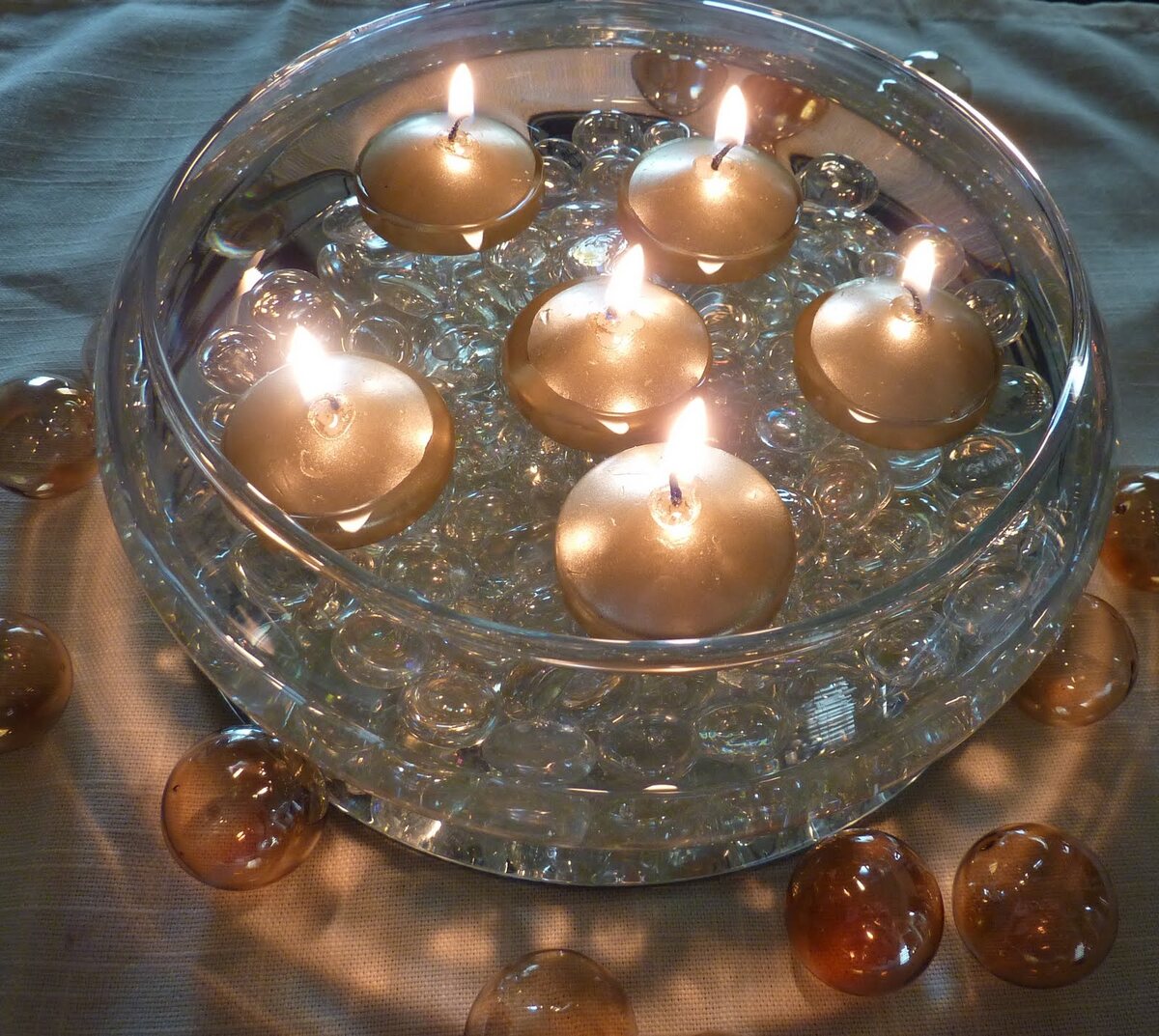
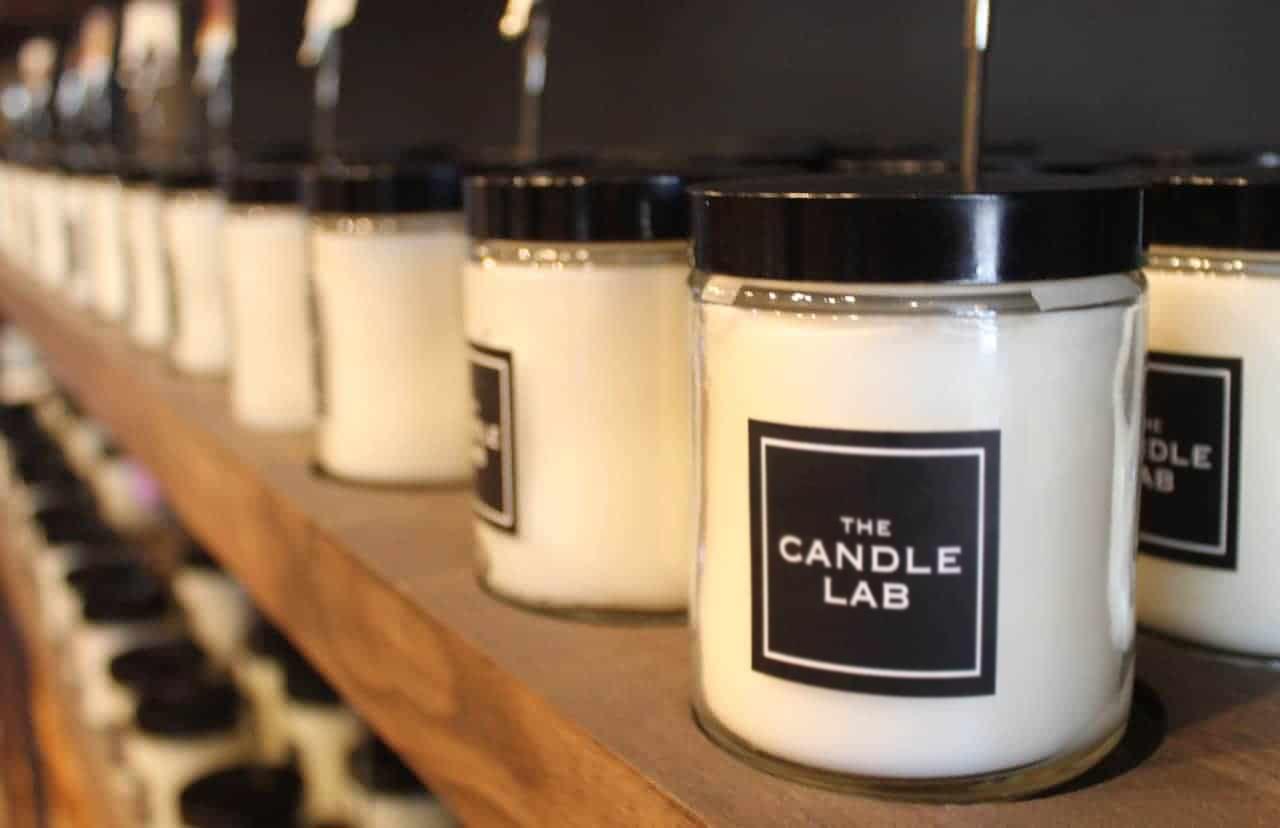
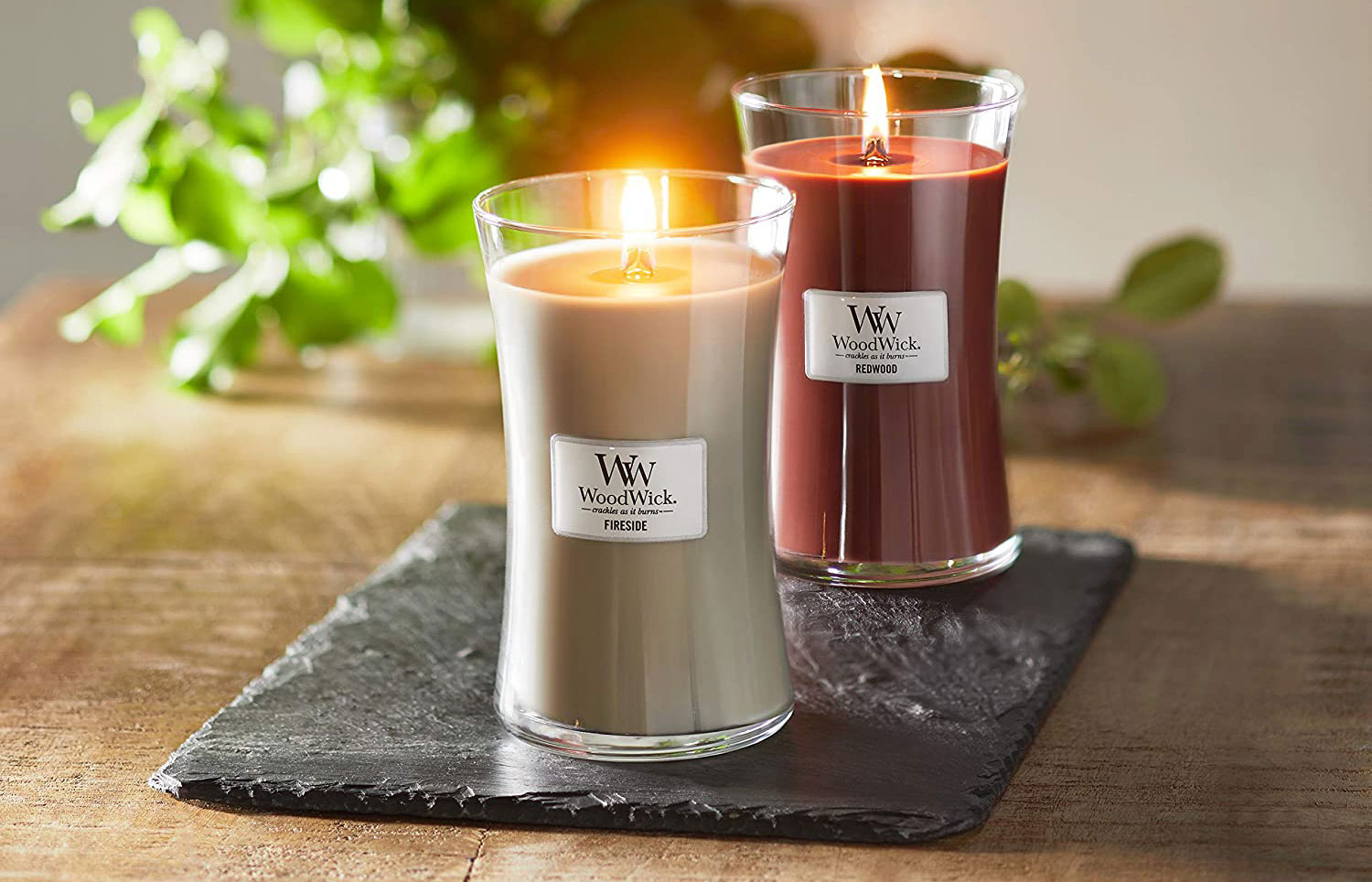
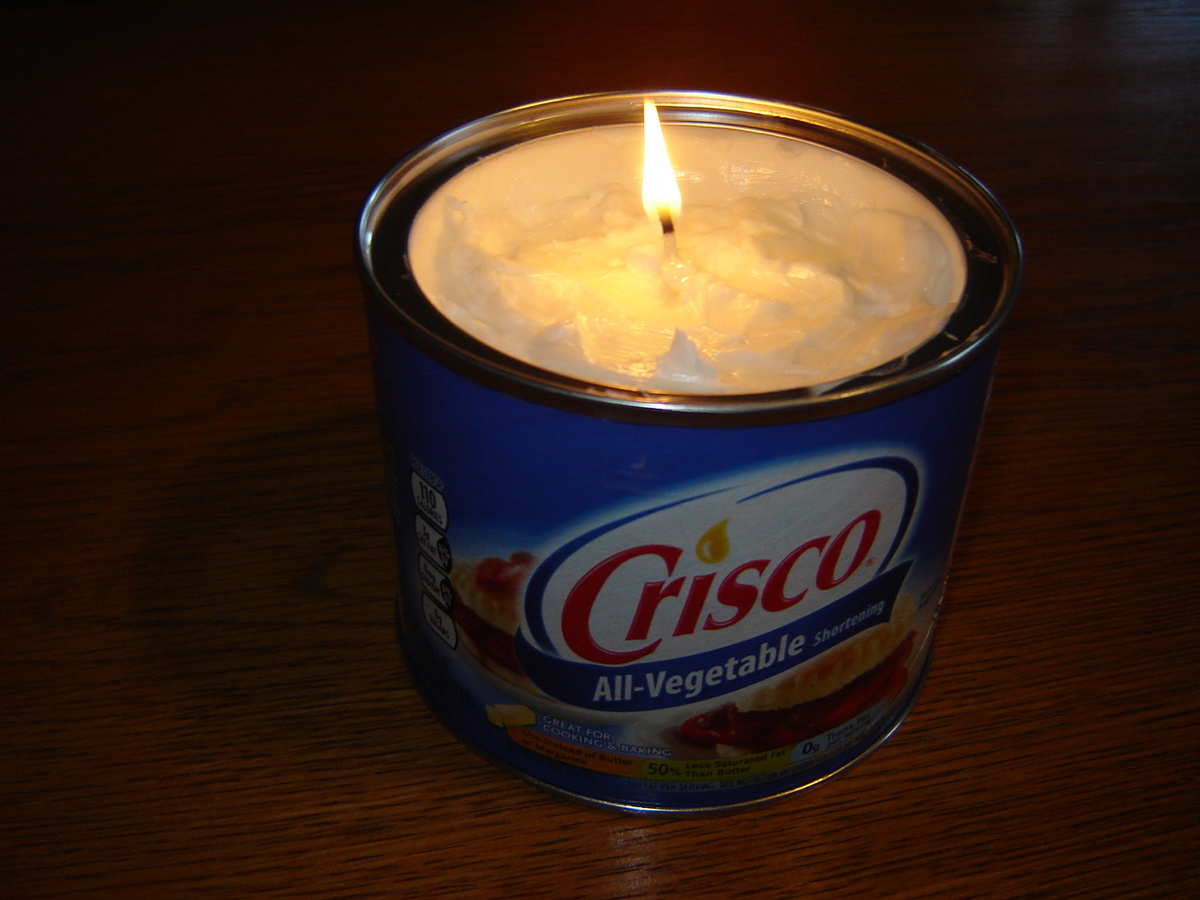
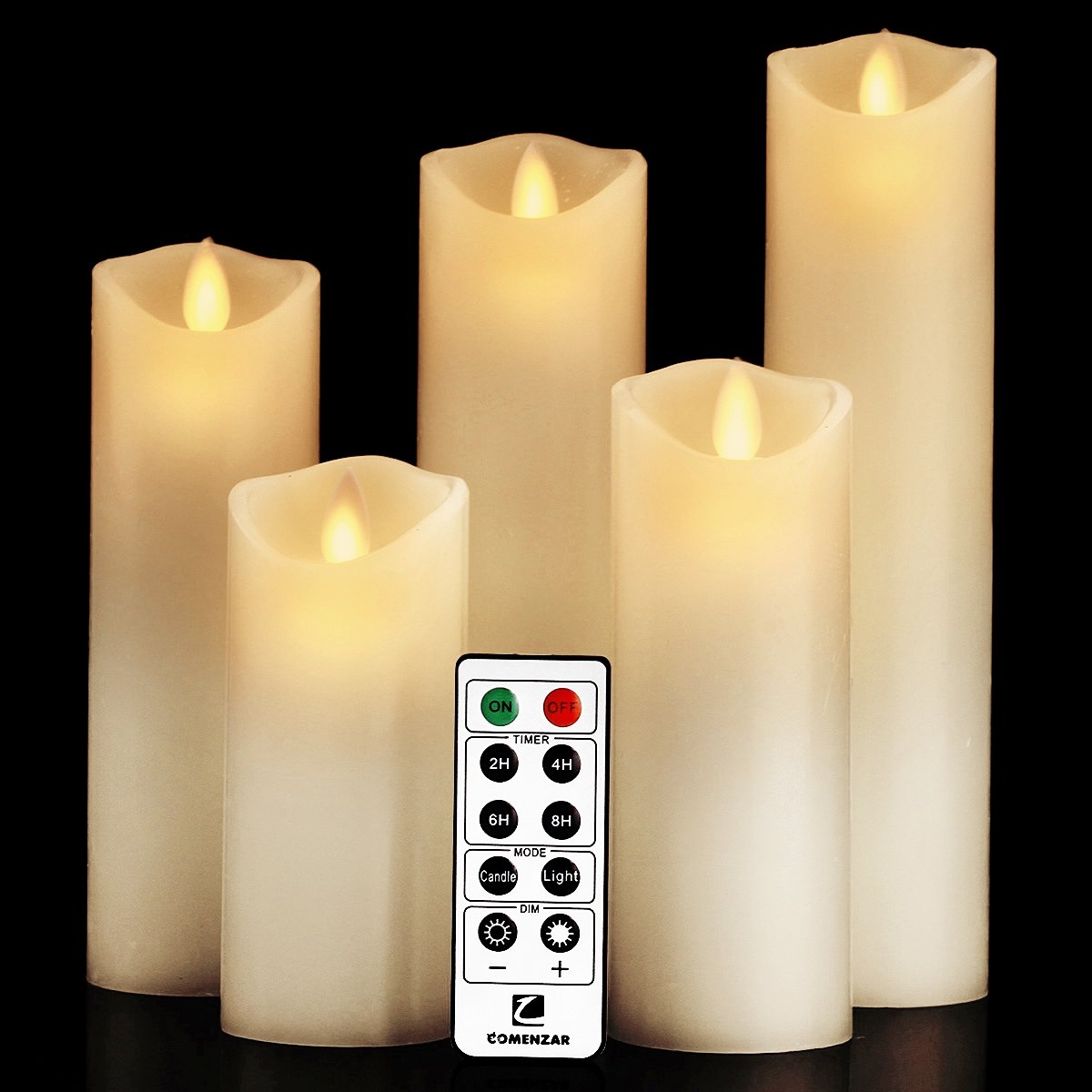
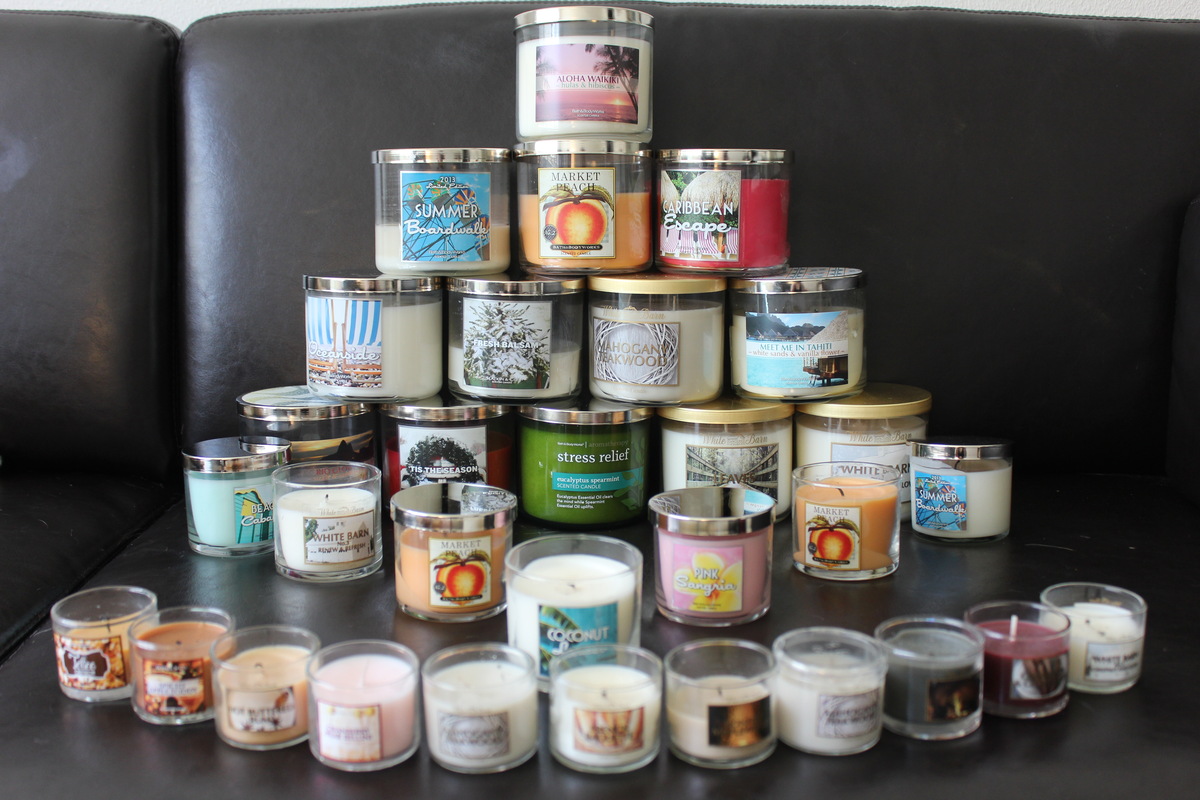




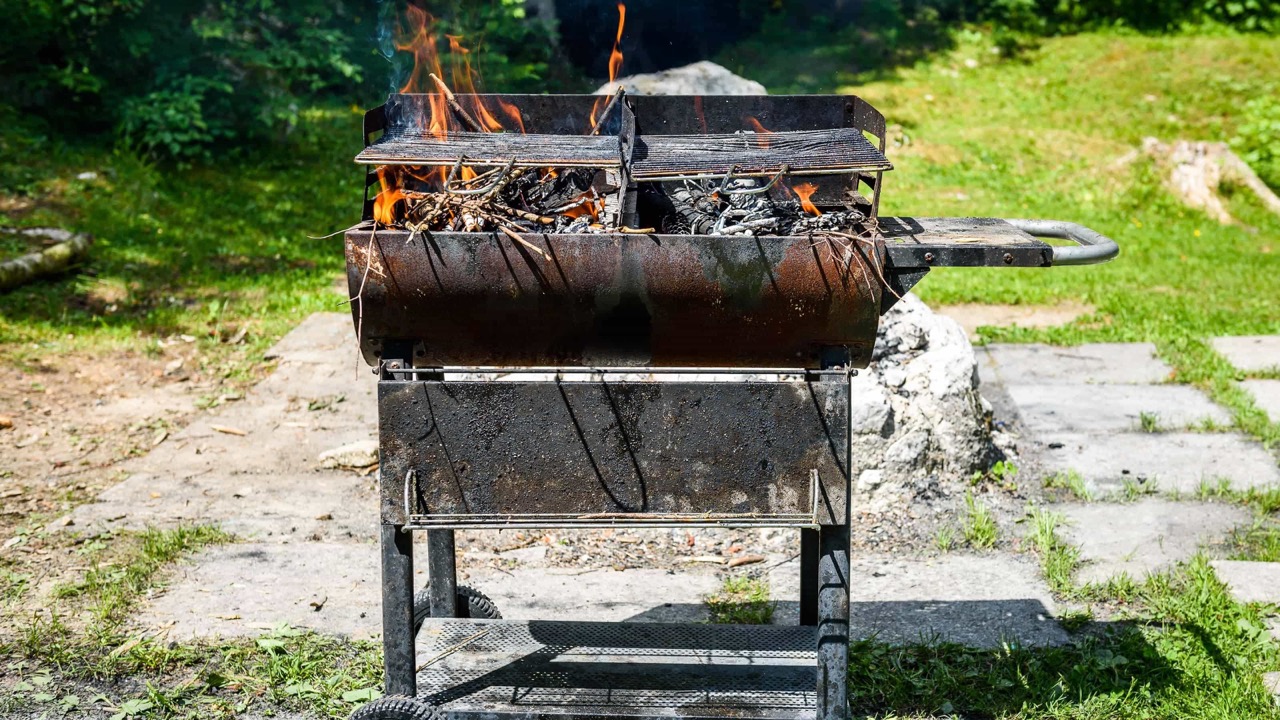

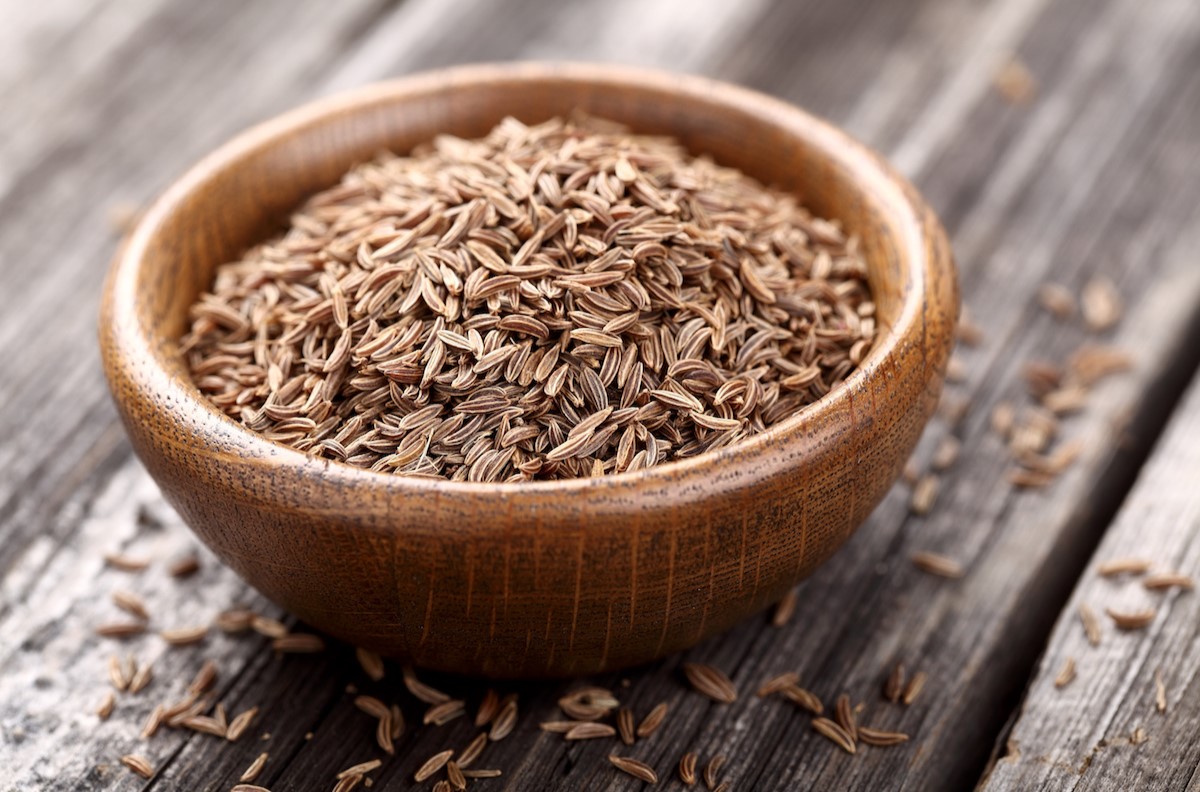


0 thoughts on “How Long Do Candles Last”